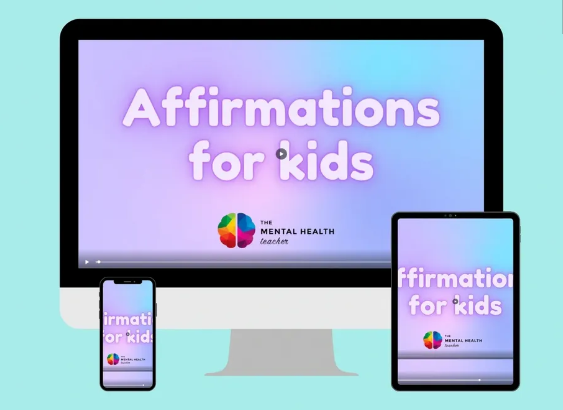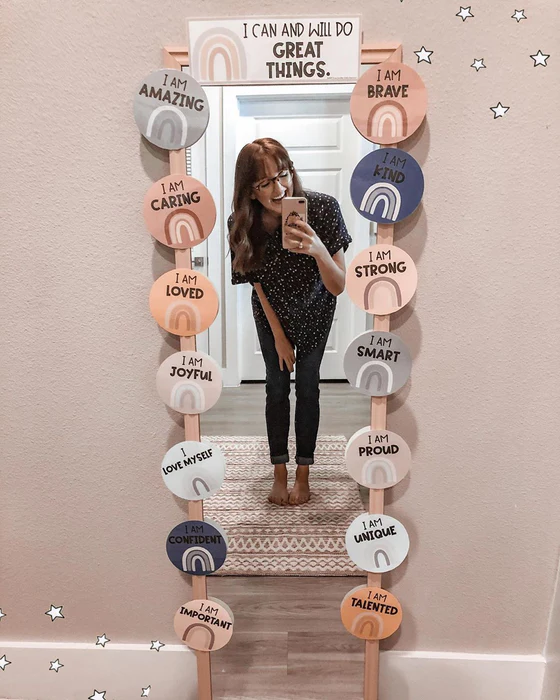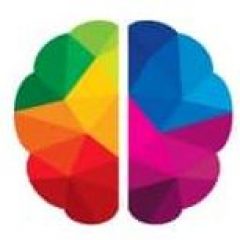What are affirmations?
Affirmations are positive statements that we can read or say out loud that help us to become the best version of ourselves.
E.G., I am brave. I believe in myself.
Do they work?
Yes, there is a fair amount of neuroscientific research into positive affirmations and the ‘self-affirmation theory’, created by Steele in 1988.
There is MRI evidence suggesting that certain neural pathways are increased when people practice self-affirmation tasks (Cascio et al., 2016). The part of the brain that involved in self-related information processing – the ventromedial prefrontal cortex— becomes more active when we consider our personal values (Falk et al., 2015; Cascio et al., 2016).
How could we use them in the classroom?
We could recite some with the students daily to develop these neurological pathways and increase self-belief among our students. They’re a positive start to the day and only take 1 minute.
You could play a video of animations being spoken aloud that students recite back.

This video is EXCLUSIVE to my mailing list members and now to my blog followers. Here is the private link to access this video: https://youtu.be/dFUA_1GATwg
Another option is to stick them around a mirror in the classroom so that students see them when they look at themselves.

Image from Miss Jacobs Little Learners Instagram
What are the benefits?
Empirical studies found these benefits of reciting positive affirmations regularly:
1. Self-affirmations have been used effectively in interventions that led people to increase their physical behaviour (Cooke et al., 2014) 2. They have been linked positively to academic achievement by mitigating grading declines in students who feel left out at college (Layous et al., 2017) 3. Self-affirmation has been demonstrated to lower stress and rumination (Koole et al., 1999; Wiesenfeld et al., 2001).
